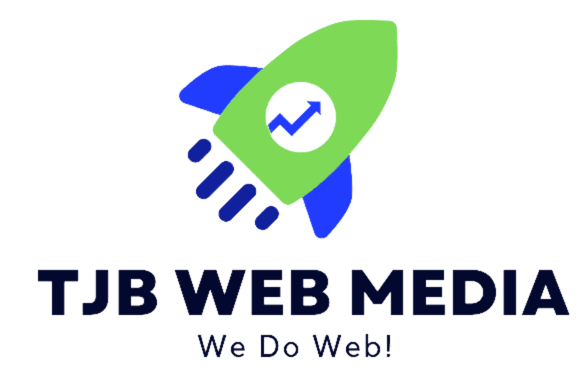Creating a great HTML website for Search Engine Optimization (SEO) involves a blend of well-structured code, relevant content, and user-friendly design. Here’s a comprehensive guide to help you build an HTML website optimized for SEO.
Tips for Better SEO for HTML Websites
1. Understand the Basics of HTML and SEO
Before diving into the technicalities, it’s crucial to understand what HTML is and how it interacts with SEO. HTML (HyperText Markup Language) is the standard language for creating web pages. It structures web content and is fundamental to SEO because it helps search engines understand the content and structure of your website.
2. Use Semantic HTML Tags
Semantic HTML involves using HTML tags that clearly describe their meaning in a human- and machine-readable way. Tags like <header>, <footer>, <article>, and <section> make it easier for search engines to understand the structure and content of your website. This clarity improves your website’s search engine rankings.
3. Optimize Title Tags and Meta Descriptions
The <title> tag and meta descriptions are critical for SEO. The title tag should be concise and include relevant keywords. It’s what appears in search engine results and browser tabs. Meta descriptions provide a brief summary of the page’s content and should be engaging and informative. Though they don’t directly affect rankings, they influence click-through rates.
4. Responsive Design with Media Queries
With the rise of mobile browsing, having a responsive website is essential. Use CSS media queries to ensure your site adjusts to different screen sizes. This responsiveness not only provides a better user experience but also positively impacts SEO, as search engines favor mobile-friendly websites.
 5. Optimize Images
5. Optimize Images
Images can enhance user engagement, but they need to be optimized for SEO. Use descriptive file names and alt tags for images. Alt tags help search engines understand what the image is about, which is crucial for image search optimization and accessibility.
6. Use Header Tags to Structure Content
Header tags (<h1>, <h2>, <h3>, etc.) organize content in a hierarchical manner. An <h1> tag is typically reserved for the main page title, with subsequent headers (<h2>, <h3>) used for subheadings. This structure helps search engines understand the content hierarchy and key focus areas of your page.
7. Implement Schema Markup
Schema markup is a code that you put on your website to help search engines return more informative results for users. It enhances your website’s description (known as rich snippets) displayed beneath the page title. Implementing schema markup can significantly improve your website’s visibility and click-through rate.
8. Ensure Fast Loading Speed
Website loading speed is a significant factor in SEO. Optimize your website’s loading time by compressing images, minifying CSS and JavaScript, and using efficient coding practices. Tools like Google PageSpeed Insights can provide insights and recommendations for improving your site’s speed.
9. Create Quality Content
Content is king in the world of SEO. Ensure your website has high-quality, original content that provides value to your audience. Include relevant keywords naturally within your content, and update your site regularly to keep it fresh and engaging.
10. Internal Linking and URL Structure
Internal linking helps search engines understand the structure of your site and the relevance of pages. Use descriptive, keyword-rich anchor text for internal links. Also, create a logical URL structure for your pages, using hyphens to separate words in URLs.
11. Use of Robots.txt and Sitemaps
A robots.txt file tells search engines which pages or parts of your site to crawl. Sitemaps, on the other hand, provide search engines with a roadmap of your website’s content. Both are essential for guiding search engines and ensuring they index your website correctly.
12. Regularly Monitor Your SEO Performance
Use tools like Google Analytics and Google Search Console to monitor your website’s performance. These tools can provide valuable insights into how visitors are interacting with your site and highlight areas for improvement.
Building a great HTML website for SEO requires a thorough understanding of both web development and SEO best practices. By following these guidelines, you can create a website that not only looks good but also ranks well in search engine results, attracting more traffic and engagement. Remember, SEO is a continuous process, and staying updated with the latest trends and algorithms is key to maintaining a successful online presence.

